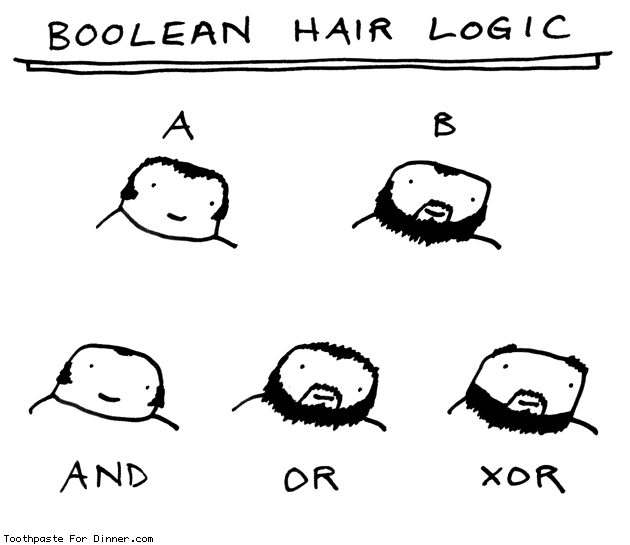This week we are developing active learning modules about Boolean operators. I have had some trouble designing an activity that describes this subject adequately. Most of the examples I have seen are illustrations of a Venn diagram describing AND, NOT, and OR; or using playing cards. Boolean logic is not a simple topic and can be difficult to explain to a group quickly. This subject has been one of the parts of the information literacy classes that I do not automatically have the words to explain. This week I observed Josh’s EN 102 session one class, and I finally understood a way to show students Boolean operators. He uses the advanced search options in Scout to search using the keywords already developed earlier in the class. Since the search is structured with the AND/OR/NOT between boxes to type in, it is a natural approach to stringing together the search terms. It was a smooth transition and was logical in the class. The students seemed to understand it well.
While researching ways to explain Boolean logic, I found several blogs by librarians with posts discussing this topic’s relevance in information instruction. Several instruction librarians emphasized that the topic is not nearly as important as many librarians assume it is. Also, the posts blamed this as a part of librarianship that creates barriers between new and infrequent library users and libraries. Perhaps this is a topic that will eventually be less important, but for now using AND and OR still seem important to me.
As for this week’s readings, I was quite glad to read something that takes seriously the true attitudes of college students and their approaches to information literacy. The best way to truly understand how to teach students is to be practical about the motivations and habits of the less interested students.
